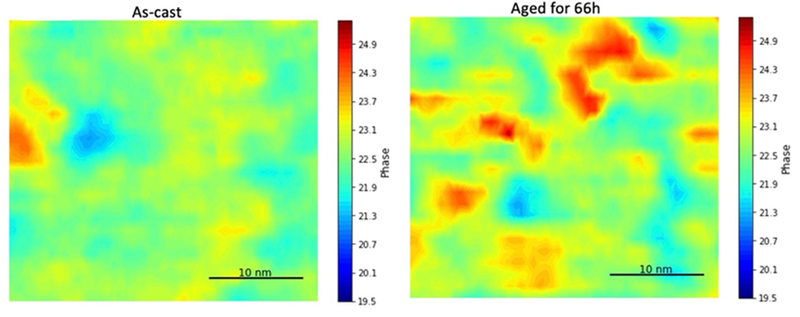Study of the evolution of the structural dynamics during the physical aging process in a vitreous alloy
Oct 12, 2024
The candidate Mehran Nabahat defended his thesis, directed by Eloi Pineda, on October 10, 2024 at the Diagonal Besòs Campus. Entitled "Dynamic Heterogeneity in Metallic Glasses: Study of Structural Relaxation, Aging, and Mechanical Properties of Vit4 alloy", the thesis presents a study of the evolution of the structural dynamics of an alloy in the vitreous state
Metallic glasses (MGs), distinguished by their unique microstructural features and exceptional mechanical properties, offer compelling materials for exploring relaxation dynamics and related phenomena within glass science. This doctoral thesis provides an in-depth examination of the dynamic and structural heterogeneity of Zr46.8Ti8.2Cu7.5Ni10Be27.5 (Vit4) glass-forming alloy, investigating the intricate relationships between its structural dynamics, thermal behavior and mechanical properties. The overarching objective is to advance in theoretical knowledge while also exploring innovative techniques for material manipulation and optimization of MGs.
Materials in the glassy state are in a thermodynamic state out of equilibrium. Although they appear to be stable solids, they actually undergo a process of structural change towards equilibrium with extremely slow kinetics. During this process, the properties of these materials change enormously, in what is called physical aging. Mehran Nabahat, has characterized how the viscoelastic behavior of these materials evolves by performing tests at high temperature, where the kinetics are accelerated and allow this physical aging process to be studied during feasible time scales in the laboratory. The observations have made it possible to determine that the spectrum of relaxation processes becomes wider as the material approaches states increasingly close to equilibrium, that is to say, the dynamic heterogeneity increases and, on the other hand, to at lower temperatures the aging process becomes controlled by a secondary relaxation process. This study will allow a better control of the properties of metallic glasses through thermal treatments.

Share: